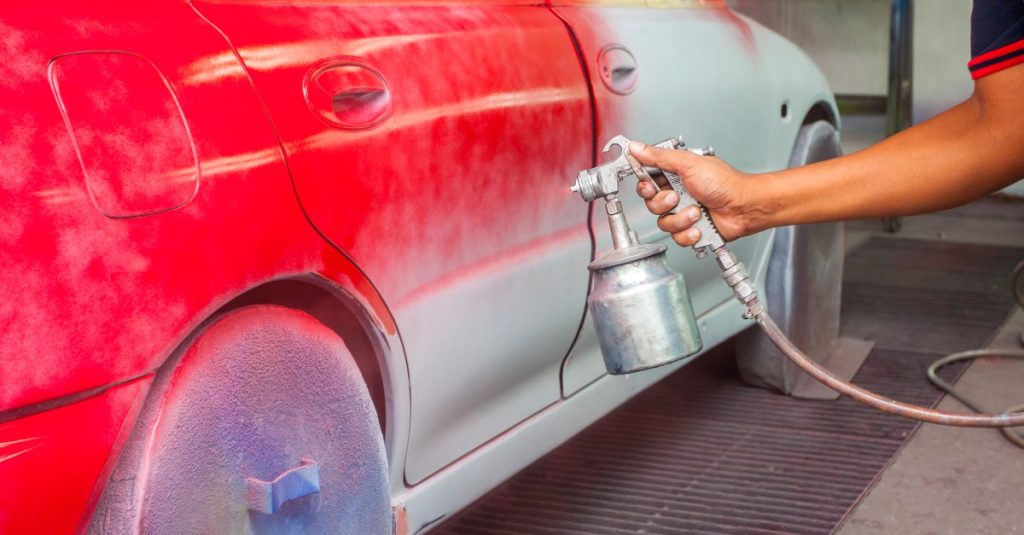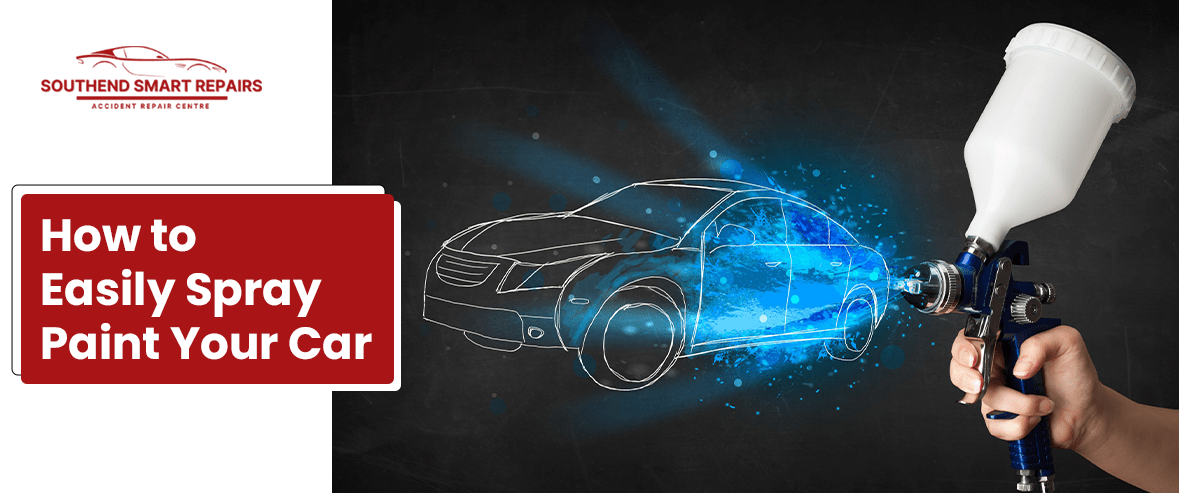A shiny, freshly painted car is something every vehicle owner desires. However, minor damages, such as scrapes and scratches, can mar a car’s appearance and even devalue it. Fear not, as spray painting your car at home is easier than ever, giving you the professional finish you seek.
In this comprehensive guide, we will cover everything you need to spray paint your car, including the materials required, a step-by-step process, professional tips on achieving a perfect finish, and what to avoid.
Materials required:
- Automotive spray paint
- Primer
- Clear coat/Sealant
- Sandpaper (with varying grit sizes)
- Tack cloth
- Masking tape
- Newspapers or plastic sheets
- Goggles
- Respirator mask
- Gloves
A comprehensive step-by-step guide on how to spray paint your car from start to finish

Step 1: Preparation
First and foremost, thoroughly clean and dry your car. This ensures that the spray paint adheres properly, providing long-lasting and even coverage.
Next, remove or cover parts of the car you don’t want to paint. Use masking tape and newspapers or plastic sheets to protect windows, tyres, chrome trims, and other non-painted components.
Finally, ensure you’re in a well-ventilated space, ideally outdoors or in an open garage, to prevent inhaling paint fumes and to facilitate quick drying.
Step 2: Sanding
Before you start painting, sand the area you plan to paint. Begin with 320 grit sandpaper to remove any existing chipped paint or rough surfaces. Then, switch to a 600 grit sandpaper for a smoother finish.
Make sure to sand evenly, using a circular motion and light pressure. Be patient; you may need to repeat the process several times.
Once you’ve finished sanding, remove any dust particles using a tack cloth.
Step 3: Priming
Apply a layer of primer to the sanded area, ensuring a smooth and even coat. The primer helps create a solid base for painting, encouraging adhesion and durability.
Wait for the primer to dry completely, following the manufacturer’s instructions. Lightly sand the surface with 600 or 800 grit sandpaper after the primer has dried for an ideal painting surface.
Step 4: Painting
Shake the automotive spray paint well and hold the can about 12 inches away from the surface, moving in straight, even strokes. Apply multiple thin layers, allowing each one to dry for several minutes between coats.
Step 5: Clear coating
Apply a clear coat once the paint has dried, following the same technique as in step 4. The clear coat enhances the paint’s glossiness and protects it.
Step 6: Final sanding
Wait for the clear coat to dry, then wet-sand the surface with 1500 or 2000 grit sandpaper. This removes imperfections, giving the painted surface a flawless finish.
Finally, rinse the area with water and pat it dry with a clean cloth.
Step 7: Buffing (optional)
To further refine the paint’s finish, consider using a buffing machine. Apply a thin layer of polishing compound to the freshly painted area, then buff the surface using the machine at a low speed.
Professional tips on getting the perfect finish
- Always clean the area before painting, and make sure the car is in a well-ventilated space.
- Apply multiple thin coats of paint to avoid drips and runs.
- Wait for each layer to dry before applying the next one.
- Sand the area in between each step for a smoother finish.
- Polish or buff the surface after painting to refine its look.
What to avoid when spray painting your car
- Do not apply too much pressure when sanding; this can cause damage to the surface.
- Avoid using too much paint and spraying too close, as this may also lead to drips and runs.
- Do not use a buffing machine if you aren’t experienced; it’s best to let a professional handle it.
- Finally, do not forget to wear protective gear such as goggles and a respirator mask when painting your car. This will help protect your lungs and eyes from paint fumes.
FAQ
Got questions? We have answers
Q: How many layers of paint should I apply?
A: For best results, apply at least three thin coats of paint.
Q: Can I spray paint my car in my garage?
A: It’s not recommended to spray paint a car indoors due to the ventilation requirements and potential health hazards from fumes. If you do decide to spray paint inside, make sure the area is well-ventilated and wear a respirator mask.
Q: How long should each layer of paint dry before I apply the next?
A: Allow at least 10 minutes for each layer to dry, or follow the manufacturer’s instructions on drying times.
Q: Can I use normal spray paint or does it need to be automotive specific?
A: For a professional finish, it’s best to use automotive-specific spray paint. This type of paint is designed to adhere better and last longer than regular spray paint.
Summary
Spray painting your car can be a great way to restore its original beauty or give it a completely new look. Though it may seem daunting, with the right materials and steps, you’ll have a professional finish in no time. Start by prepping the area and sanding it down before priming and spraying multiple thin coats of automotive-specific paint. Finally, finish off with a clear coat and buffing for a flawless look. Remember to work in a well-ventilated space and wear protective gear such as goggles and a respirator mask when painting your car.
With this comprehensive guide, you’re now ready to tackle the project with confidence!
Struggling to get the finish you desire? Call on Southend Smart Repairs!
If, despite your best efforts, you haven’t been able to perform the repair to a standard you’re happy with, call on the experts at Southend Smart Repairs.
With over 45 years experience, we have the tools, skills and knowledge to repair your bodywork and give it a flawless finish. Contact us today for a free, no-obligation quote.
We look forward to hearing from you!

